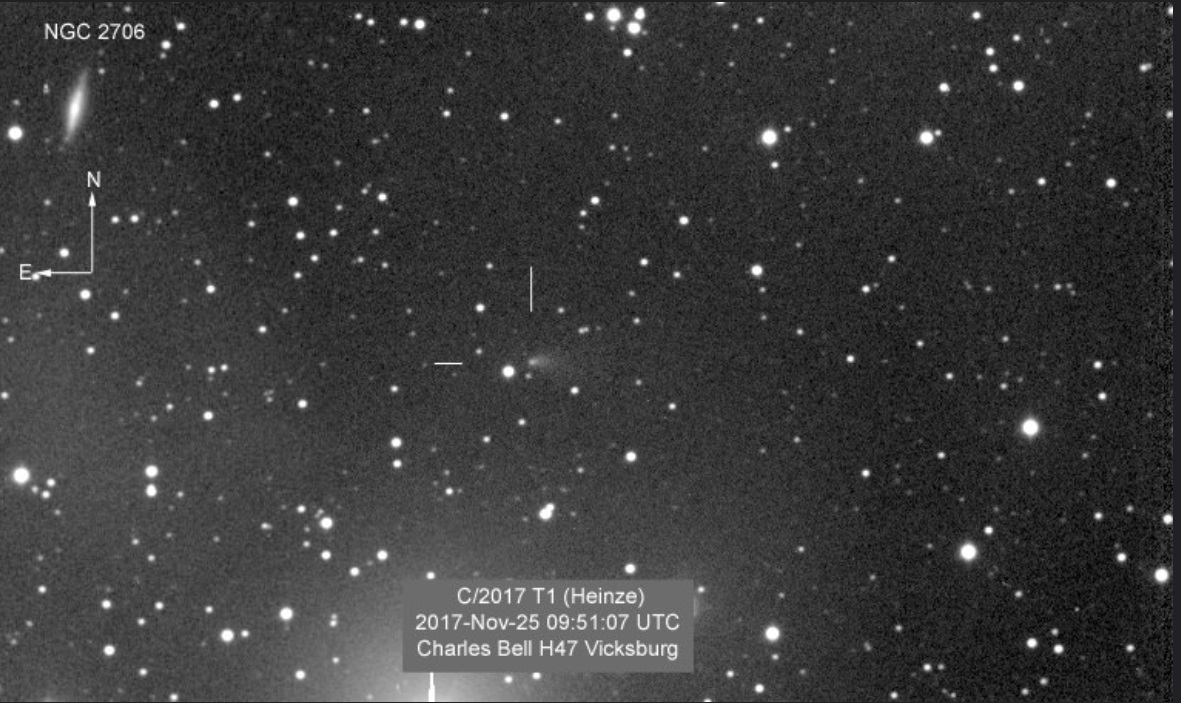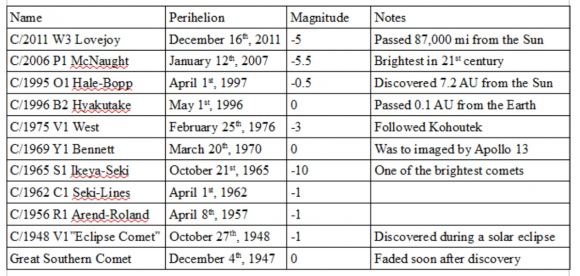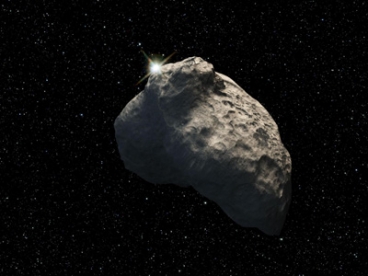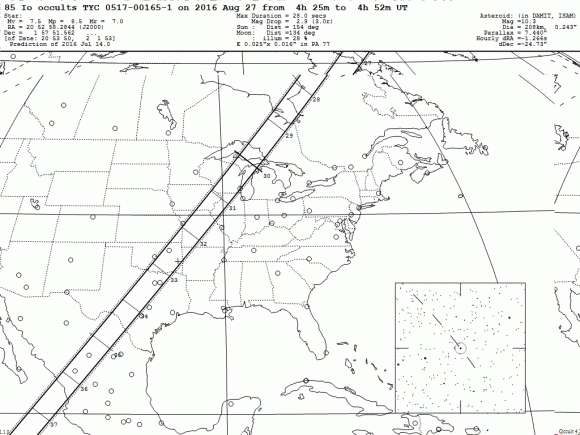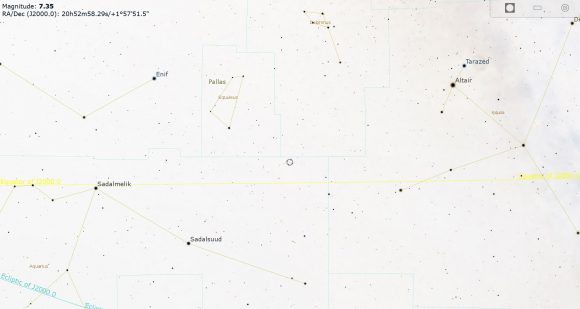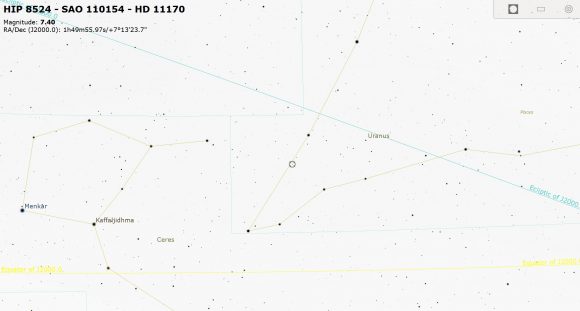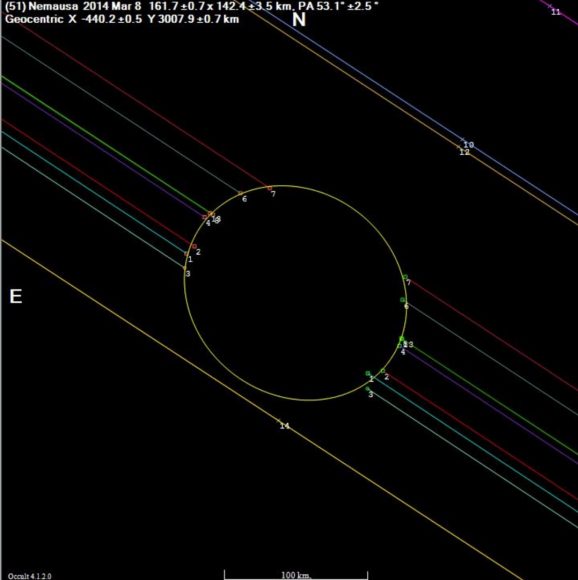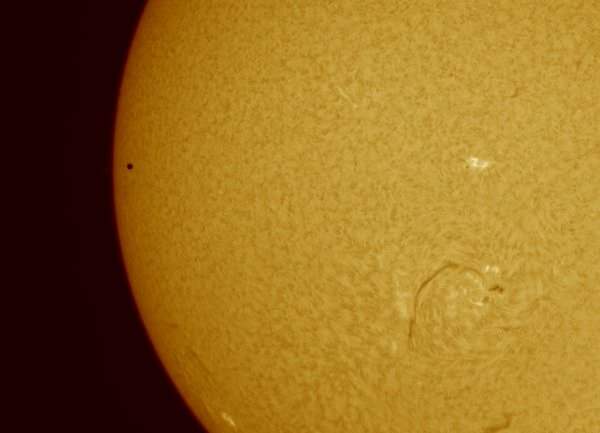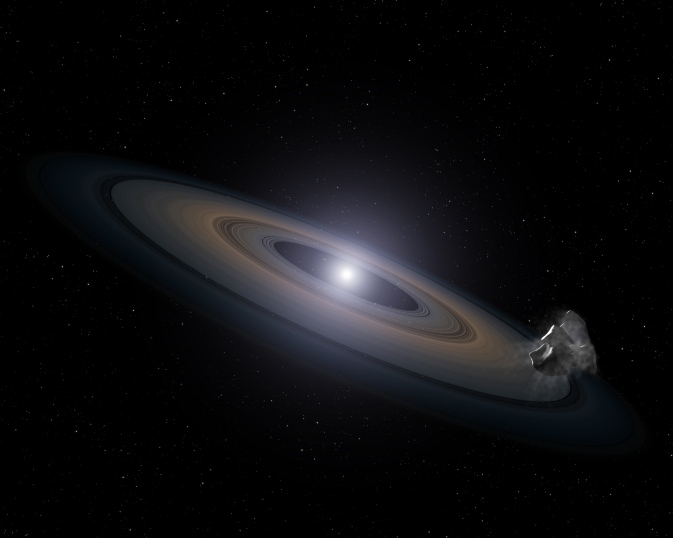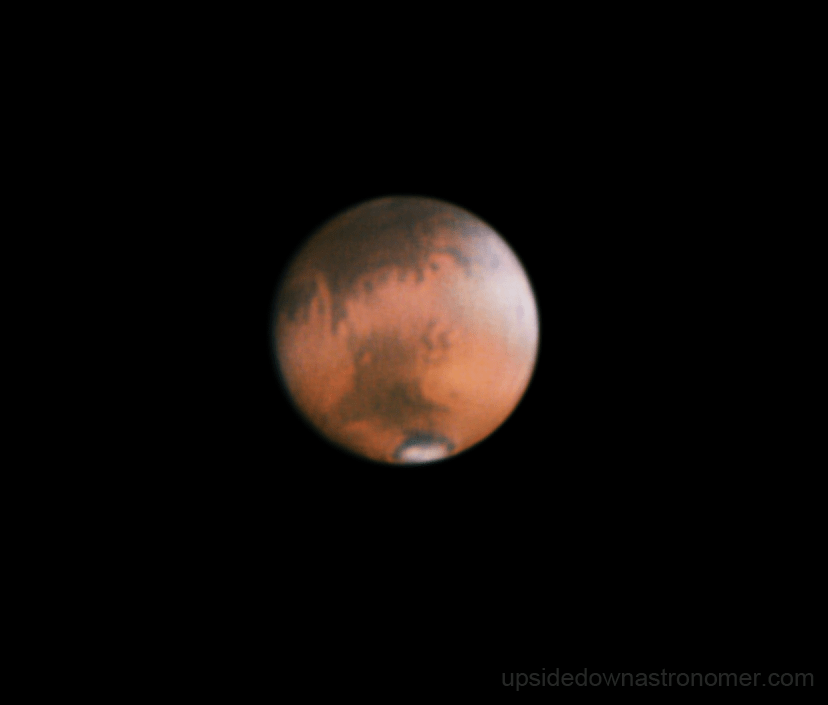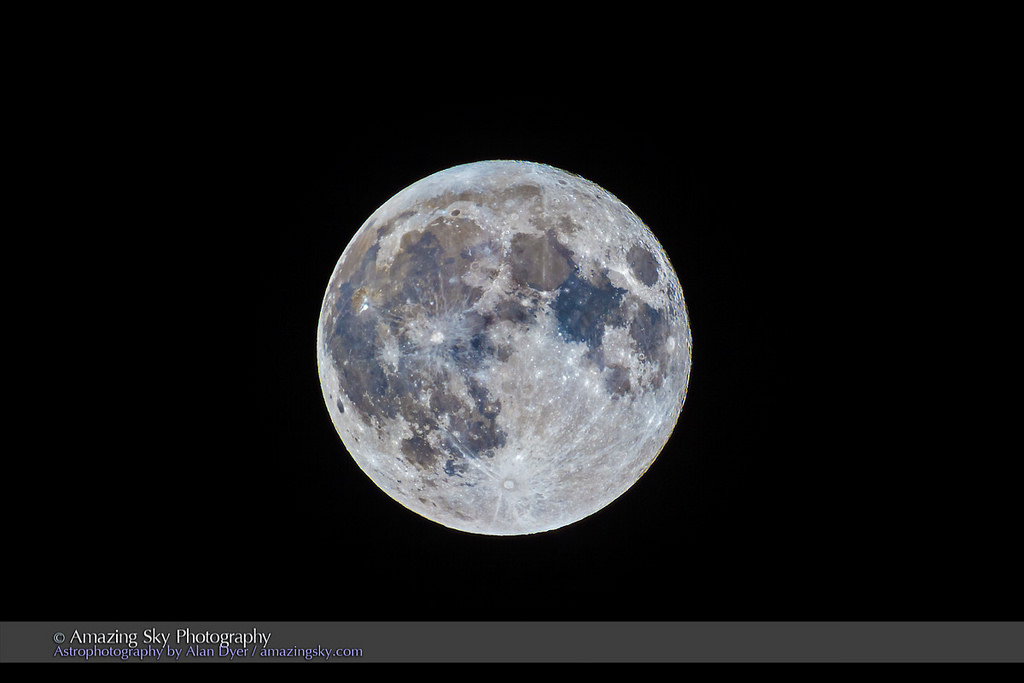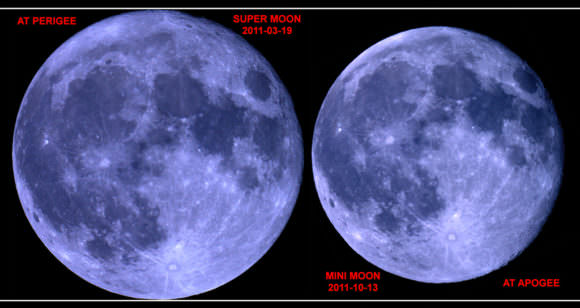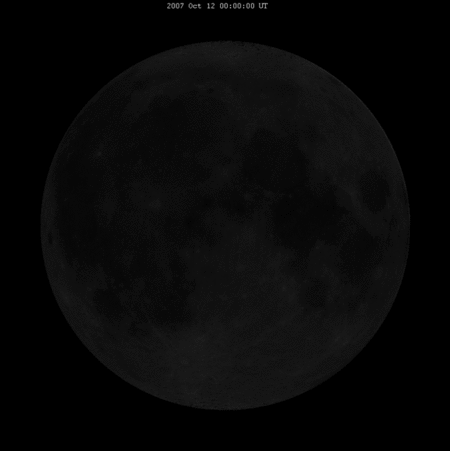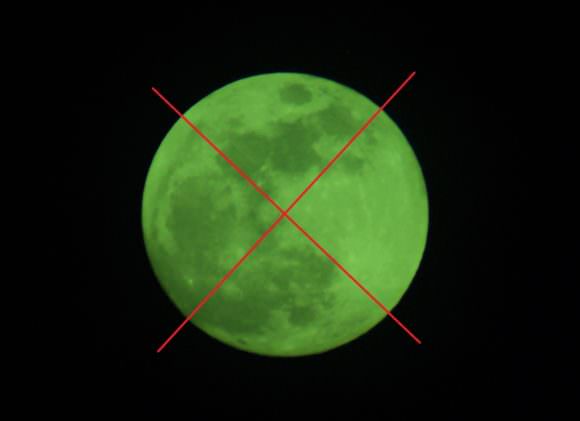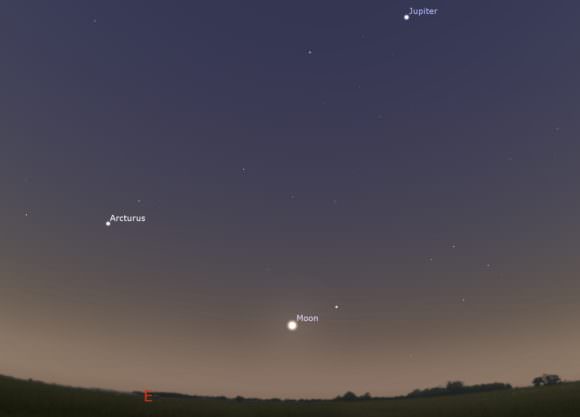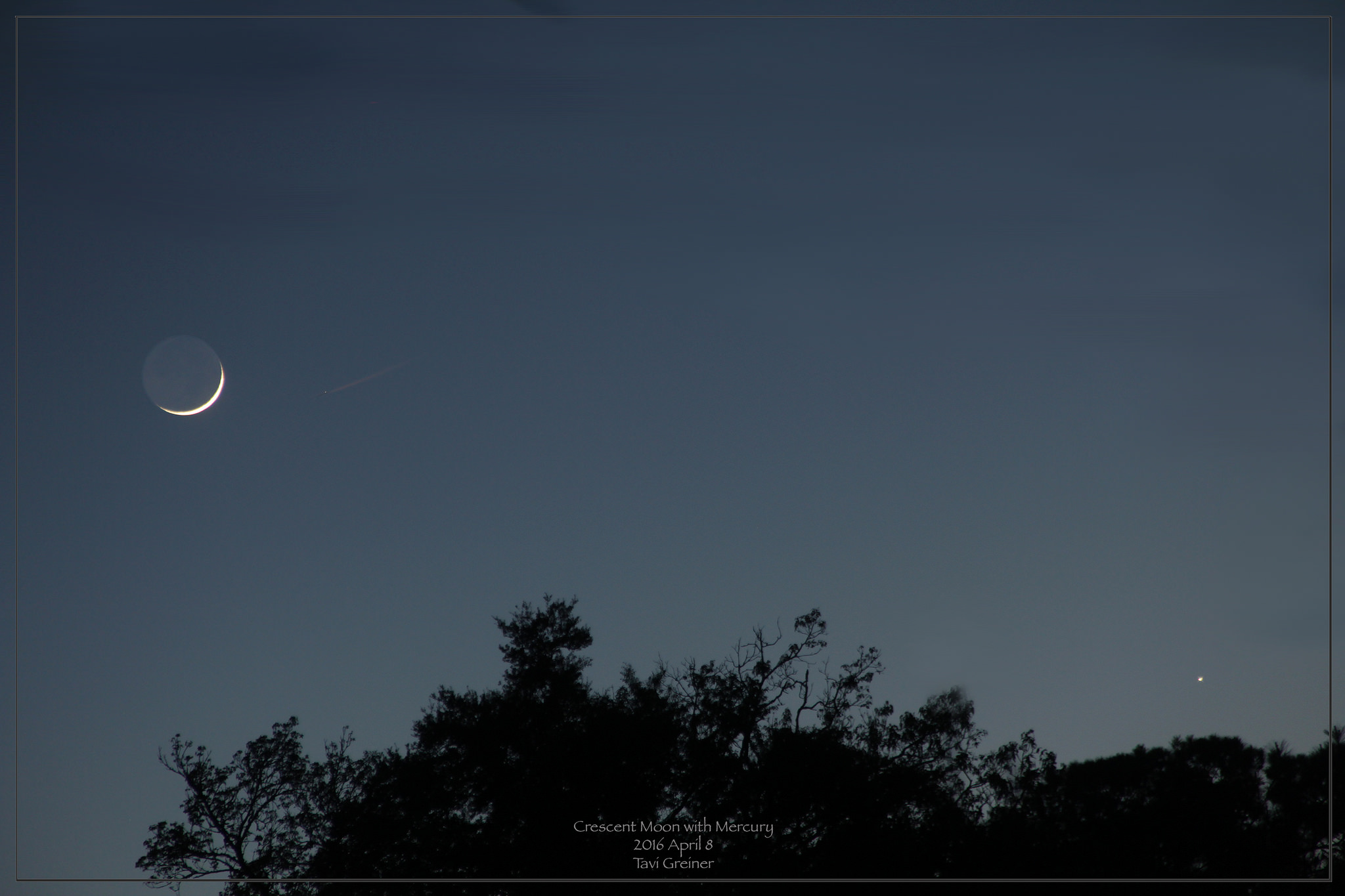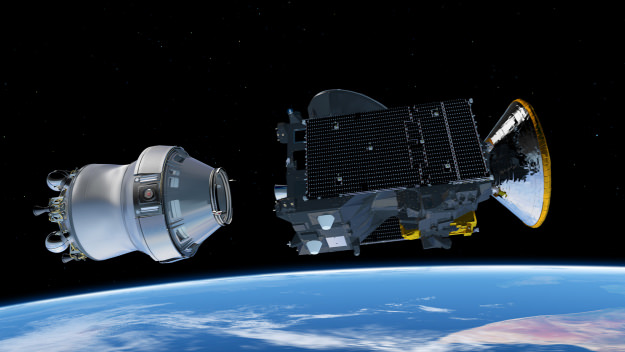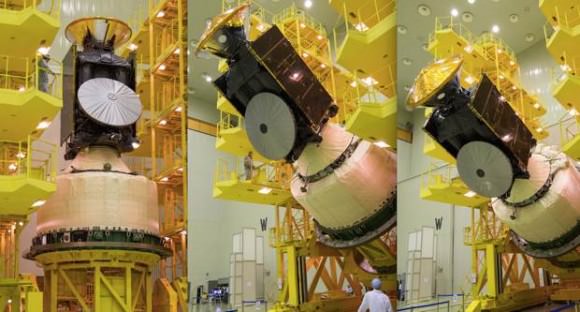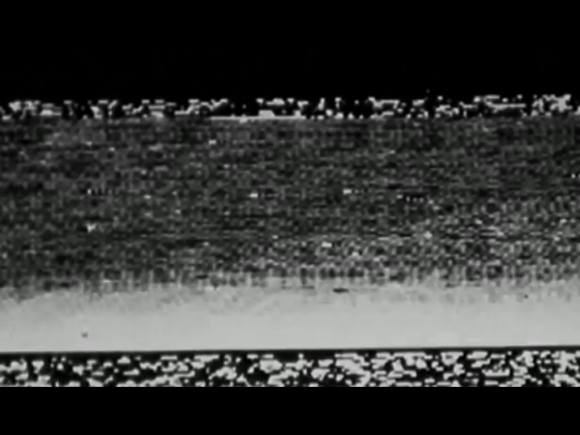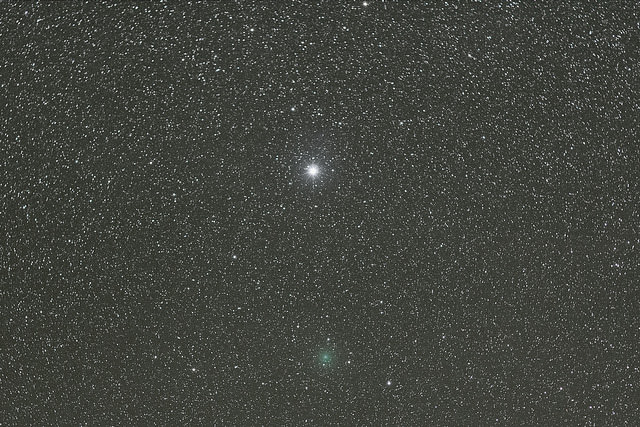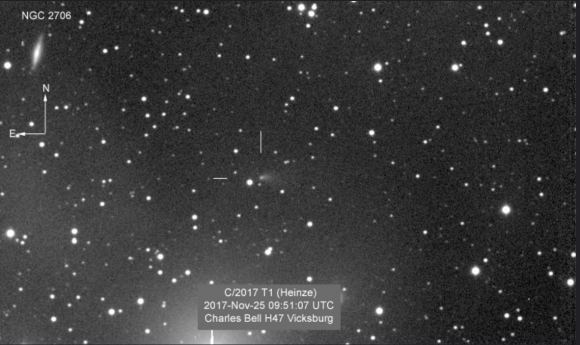
Yeah, we’re still all waiting for that next great “Comet of the Century” to make its presence known. In the meantime, we’ve had a steady stream of good binocular comets over the past year both expected and new, including Comet C/2017 O1 ASASSN1, 45/P Honda-Mrkos-Pajdušáková and Comet 41P Tuttle-Giacobini-Kresák (links). Now, another newcomer is set to bring 2017 in over the finish line.
The Discovery: Astronomer Aren Heinze discovered Comet C/2017 T1 Heinze as a tiny +18th magnitude fuzzball on the night of October 2nd, 2017. The comet will juuust breech our “is interesting, take a look” +10th magnitude cutoff in the final weeks of December leading into January, perhaps topping out around +8th magnitude.
Heinze discovered his first comet as part of the Asteroid Terrestrial-Impact Last Alert System (ATLAS) search program looking for hazardous objects using the eight 50 cm Wright-Schmidt telescope array atop Haleakala and Mauna Loa in the Hawaiian Islands.

The orbit for Comet Heinze is an intriguing one, and as is often the case with comets, tempts us with what could have been. Heinze will vault over the ecliptic headed northward on Christmas Day, and reaches perihelion 87 million km (0.58 AU) from the Sun on February 21st, 2018. Closest passage from Earth for Comet Heinze is 33 million km (0.22 AU) on January 4th, 2018, when the comet will appear to move an amazing seven degrees a day through the constellation Camelopardalis.
But it’s the southward passage of Heinze though the ecliptic on April 1st that gives us pause, only 0.0144 AU exterior of Earth’s orbit… had this occurred on July 4th, we might’ve been in for a show, with the comet only 2.1 million kilometers away! Heinze seems like a tiny body as comets go, and there’s discussion that the comet is dynamically new and may end up shredding its nucleus all together. (link)
On a steep 97 degree inclined retrograde orbit, Comet Heinze also has a knife edge hyperbolic eccentricity of nearly 1.0. As with many long period comet, it’s tough to tell if Comet Heinze is a true denizen of our solar system, or just visiting. 2017 also saw the first asteroid whose extra-solar source was clear, as I/2017 U1 ‘Oumuamua, which passed through the inner solar system this past October.
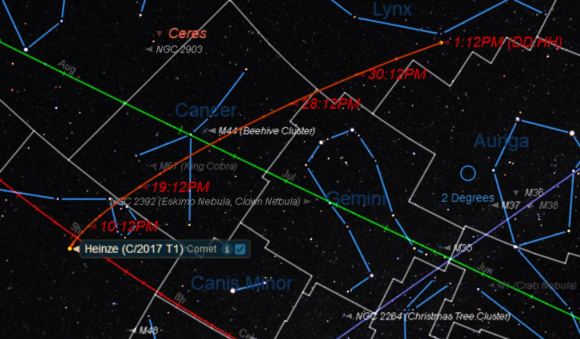
The Prospects: Currently, Comet Heinze is located highest to the south around 5AM local for northern hemisphere observers. Expect this situation to change to around 2 AM towards months end, as the comet is higher placed in the constellation Lynx come January 1st, 2018 as it nears opposition.
Comet observer Charles Bell noted on November 27th that Comet Heinze currently displays a short fan-shaped tail, about 88 days before perihelion.
Here’s the blow-by-blow for Comet Heinze for the next few months (passages mentioned here are to within a degree unless otherwise noted).
December
7- Crosses the celestial equator northward.
16- Passes near +3 magnitude star Zeta Hydrae.
18- Crosses into the constellation Cancer.
21- Passes near the open cluster M67.
25- Photo op: passes near the Beehive Cluster M44 and crosses the ecliptic northward.
29- Skirts the corner of the constellation Gemini and crosses into the Lynx.
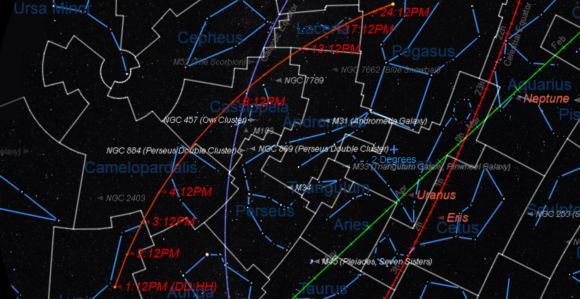
January
1- May break +10th magnitude?
1- Passes near the +4.5 magnitude star 21 Lyncis.
2- Reaches opposition.
3- Passes near the +4.5 magnitude star 2 Lyncis and into the constellation Camelopardalis.
5- Passes near the +4 magnitude star Alpha Camelopardalis.
6- Passes 31 degrees from the north celestial pole.
7- Crosses into the constellation Cassiopeia.
10-Crosses the galactic equator southward.
13- Crosses into the constellation Andromeda.
14-Crosses into the constellation Lacerta.
17- Passes near the +4.5 magnitude star 6 Lacertae.
21- Passes near the +4 magnitude star 1 Lacertae.
23- Crosses into the constellation Pegasus.
February
26- Passes near the globular cluster M15.
March
1- May drop back down below +10th magnitude?
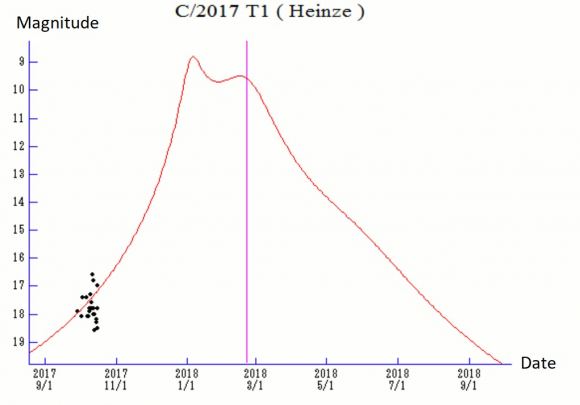
And though Comet Heinze won’t join their ranks, here’s a list of the great comets of the past century:
You could say we’re due.

